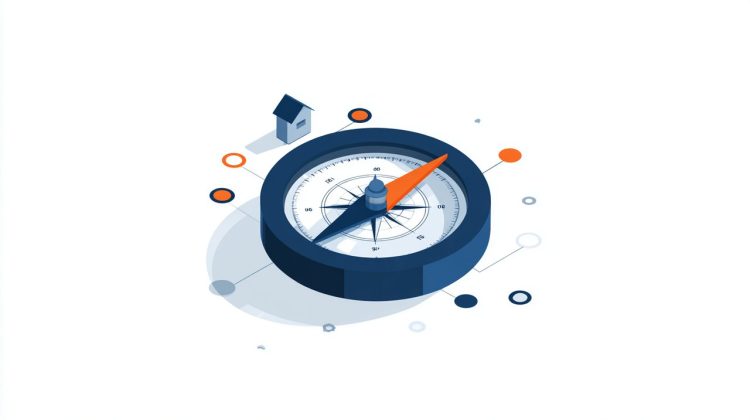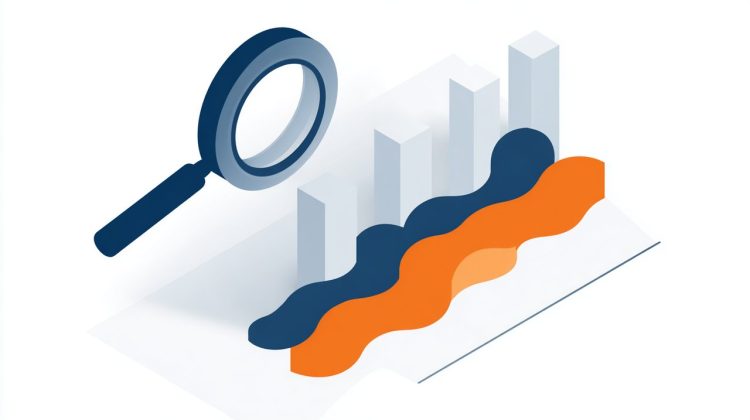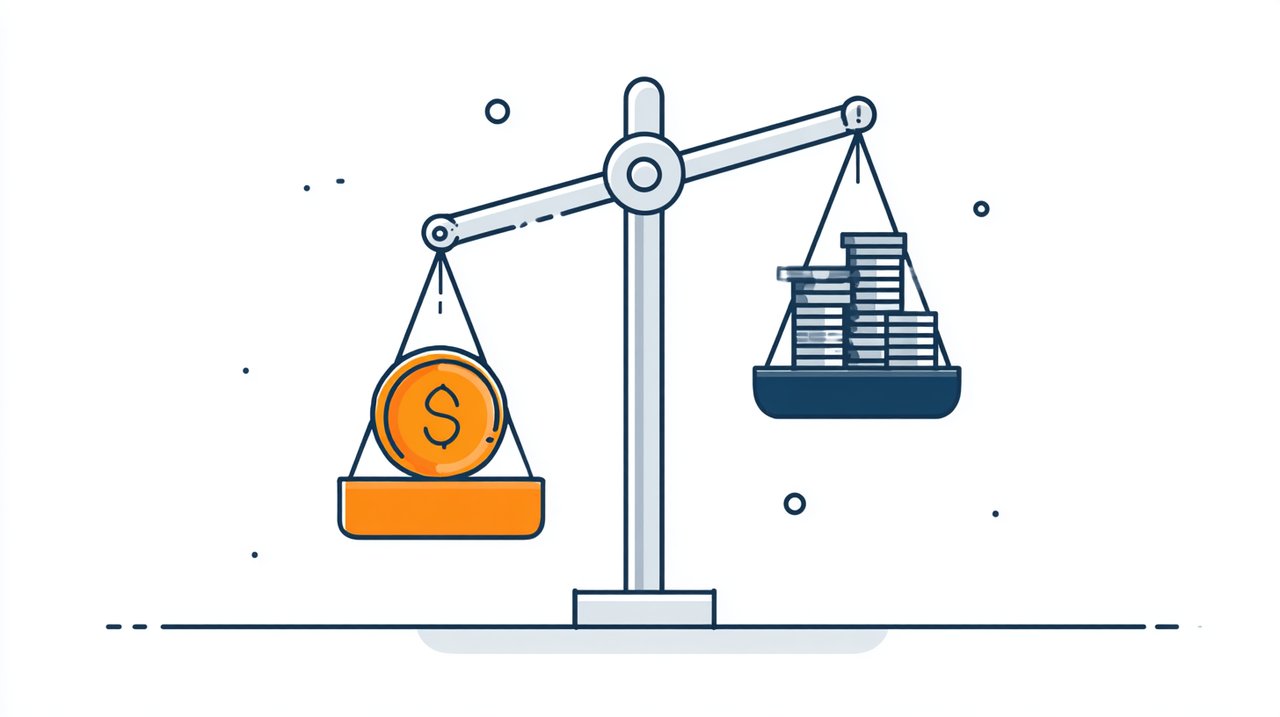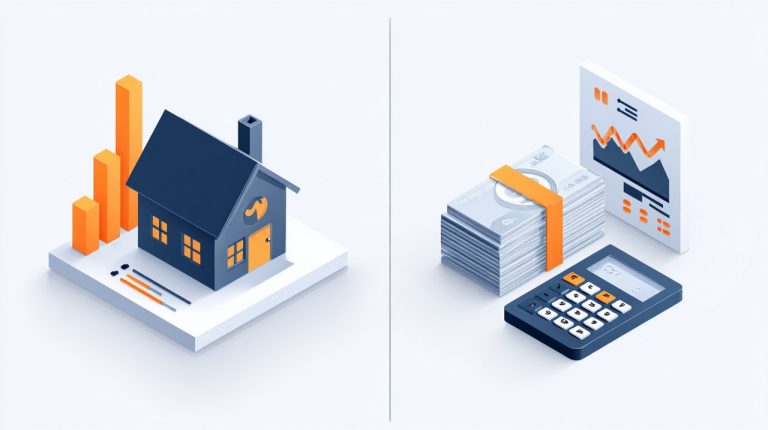The journey to homeownership is incredibly exciting, but it often comes with its fair share of complex financial terms and calculations that can feel a bit overwhelming. Getting a clear picture of your potential monthly mortgage payment is a crucial first step. Yet, simply plugging numbers into an online tool isn’t quite enough.
Think of your mortgage calculator not just as a basic arithmetic device, but as your personal financial compass. It’s designed to guide you from gathering essential data to exploring future possibilities, ultimately helping you navigate your financial landscape with precision, and for a truly accurate estimate, our dedicated Mortgage Calculator is an invaluable resource Mortgage Calculator. Each strategy we’ll explore below acts as a clear, actionable step, empowering you to accurately estimate your monthly payments and gain a truly clear vision of your financial future.

1. Collecting Your Core Data: Building Your Financial Snapshot
Every accurate estimate starts with precise information. Before you even open the calculator, take a moment to gather the foundational figures that will define your potential loan. Here’s what you’ll need:
- Your desired loan amount: This is typically the home’s purchase price minus your down payment.
- An estimated interest rate: Look for current market trends or, even better, check any pre-approval letters you might have.
- The loan term: Most commonly, this will be 15 or 30 years.
A common mistake people make is relying on general, assumed interest rates without checking current market conditions. To ensure your calculations truly reflect reality, always seek up-to-date rate estimates directly from lenders or reputable financial news sources.
2. Understanding the Basics: Principal, Interest, and Loan Term
At the heart of every mortgage payment are two key components: principal and interest. Grasping how these work together is absolutely essential for accurate calculations.
- Principal: This is the actual amount of money you’ve borrowed.
- Interest: This is simply the cost of borrowing that money.
The loan term, or how long you have to repay the loan, significantly impacts both your monthly payment and the total interest you’ll pay over time. Let’s look at an example: For a $300,000 loan at a 4% interest rate, your principal and interest payment would be about $1,432 over 30 years. If you shorten that term to 15 years, the payment jumps to roughly $2,219, but you would pay substantially less interest overall. This clearly shows how term length directly influences your monthly outlay.
3. Beyond the Basics: Taxes and Insurance (The PITI Breakdown)
Your monthly mortgage payment often includes more than just principal and interest. It usually extends to cover taxes and insurance, a combination commonly known as PITI. This acronym stands for Principal, Interest, Taxes, and Insurance.
- Property taxes: These are levied by local governments.
- Homeowner’s insurance: This protects your home against potential damages.
Lenders frequently require these costs to be “escrowed.” This means a portion of your taxes and insurance is collected with your monthly mortgage payment and held in a special account until those bills are due. To get accurate estimates, you’ll need to research the average property tax rate in your desired area and get quotes for homeowner’s insurance. County assessor websites or local real estate agents are great resources for tax data, while insurance brokers can provide preliminary quotes based on your home’s value and location.
4. Your Strategic Down Payment: Balancing Your Options
The size of your down payment directly influences your loan amount and, in turn, your monthly principal and interest payment. A larger down payment reduces the amount you need to borrow, which means lower monthly payments and potentially less total interest paid over the life of the loan.

Conversely, a smaller down payment increases your loan amount. This might also lead to Private Mortgage Insurance (PMI) if your equity is less than 20%. When making this decision, you’ll want to weigh the benefits of lower monthly payments against the opportunity cost of tying up a significant amount of cash. A 20% down payment is often ideal as it typically eliminates PMI and can even help you secure more favorable interest rates. However, a smaller down payment might be the right choice if it allows you to enter the housing market sooner, even with the added cost of PMI.
5. Exploring Loan Types: Finding Your Best Fit
Not all loans are created equal! Different loan types come with unique structures that significantly influence your monthly payments. Understanding these variations is crucial for an accurate estimate. Here are some common options:
- Fixed-rate mortgages: With these, your interest rate remains constant throughout the life of the loan, offering predictable payments.
- Adjustable-rate mortgages (ARMs): Here, the interest rate can change after an initial fixed period, potentially affecting your monthly payment.
Additionally, government-backed loans like FHA, VA, and USDA loans offer distinct features. For example, an FHA loan might require a lower down payment but includes both an Upfront Mortgage Insurance Premium (UFMIP) and an annual Mortgage Insurance Premium (MIP), which will add to your monthly cost. A conventional fixed-rate loan, on the other hand, provides payment stability for the entire term, assuming you meet the credit and down payment criteria.
6. Simulating the Future: Stress-Testing Your Plan
An accurate estimate goes beyond just current figures; it involves stress-testing your financial resilience against potential future changes. This is where your mortgage calculator truly shines, becoming more than just a simple math tool.

- Sensitivity analysis: This means adjusting key variables—like interest rates or property taxes—to see how they impact your monthly payment.
- Stress testing: This takes it a step further, simulating worst-case scenarios to evaluate your ability to manage unexpected financial shifts.
For instance, consider how a 1% rise in interest rates or a significant increase in property taxes would affect your budget. Use the calculator to run various scenarios: What if your income changes, or you face unexpected expenses? This proactive approach is key to ensuring your future financial well-being.
“The best way to predict the future is to create it.” – Peter Drucker. By simulating potential financial futures, you actively shape your preparedness.
7. Verification and Validation: When to Seek Expert Guidance
While a mortgage calculator is an incredibly powerful tool, remember it provides a simulated estimate, not a definitive offer. Taking the crucial final step of verifying your calculations with financial professionals is always wise. Mortgage calculators lay a strong foundation for your understanding, but they can’t account for every nuance of your unique financial profile or the specific terms offered by different lenders.
Factors like your credit score, debt-to-income ratio, and specific lender fees can all alter the final figures. Once you have a solid estimate from your own calculations, use it as an excellent starting point for discussions with a mortgage lender or a trusted financial advisor. They can offer personalized quotes, clarify any complex terms, and skillfully guide you through the application process, ensuring your estimates align perfectly with real-world offers and your personal financial goals.

Ultimately, navigating the path to homeownership doesn’t have to be daunting. By treating your mortgage calculator as the powerful financial compass it truly is, and by understanding each piece of the puzzle we’ve discussed, you’re not just estimating payments—you’re building a clear, confident roadmap to your future home. This diligent approach ensures you move forward not with guesswork, but with genuine clarity and expert insight.
💡 Frequently Asked Questions
Before using a mortgage calculator, you'll need your desired loan amount (home's purchase price minus your down payment), an estimated interest rate (from current market trends or pre-approval letters), and the loan term (commonly 15 or 30 years).
A typical monthly mortgage payment often includes Principal, Interest, Taxes, and Insurance, collectively known as PITI. Principal is the borrowed amount, interest is the cost of borrowing, property taxes are local government levies, and homeowner's insurance protects your home.
A larger down payment reduces the amount you need to borrow, resulting in lower monthly principal and interest payments and potentially less total interest paid. A smaller down payment increases the loan amount and might require Private Mortgage Insurance (PMI) if your equity is less than 20%.
Stress-testing involves adjusting variables like interest rates or property taxes to see how they impact your monthly payment, and simulating worst-case scenarios. This helps evaluate your ability to manage unexpected financial shifts and ensures your future financial well-being.
No, while a mortgage calculator provides a powerful estimate, it's not a definitive offer. You should verify your calculations with financial professionals like mortgage lenders or advisors, as factors like your credit score, debt-to-income ratio, and specific lender fees can alter the final figures and require personalized guidance.








